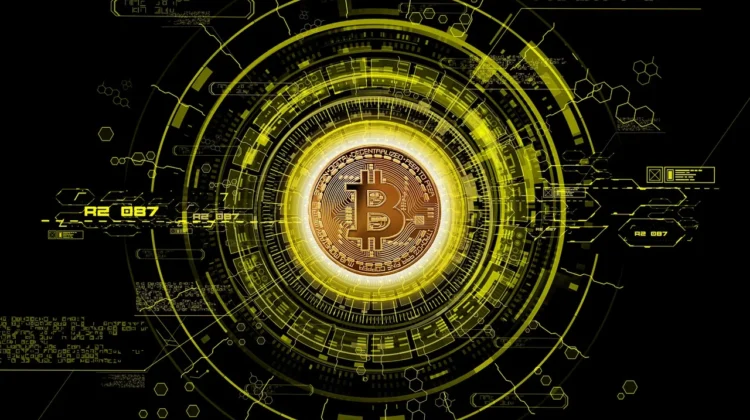
The rise of decentralized exchanges (DEXs) has revolutionized the way we think about trading cryptocurrencies. With the surge in interest around digital currencies, DEXs offer a way for traders to swap assets in a decentralized manner with increased privacy and security.
But what exactly is a decentralized exchange, and how does it differ from the more well-known centralized exchanges (CEXs)? In this article, we’ll look at what DEXs are and why they play a crucial role in the modern crypto ecosystem.
What Is a DEX?
A DEX is a peer-to-peer marketplace where cryptocurrency traders can make transactions directly with each other. Unlike centralized exchanges, which require intermediaries or third-party servers to facilitate trades, DEXs operate on a blockchain, allowing for an automated and trustless trading experience.
Why Choose a DEX?
Perhaps the most important advantage of using a decentralized exchange is the lack of intermediaries. This reduces the risk of issues like:
- Hacking
- Fraud
- User data exposure
As blockchain technology continues to expand, more traders are leaning towards the enhanced security and privacy DEXs provide. Additionally, decentralized exchanges allow users to maintain full control over their assets and private keys, helping them keep their digital assets secure at all times.
How DEXs Work
At the core of a decentralized exchange is smart contract technology. Smart contracts are self-executing contracts with the terms written directly into lines of code. They manage and execute crypto trades without needing manual intervention, enabling a secure and automated trading process.
Order Book vs. Automated Market Maker (AMM) Model
DEXs utilize different models for trading. The order book model, similar to traditional stock exchanges, records all buy and sell orders in a ledger. However, in a decentralized setup, this order book is stored on the blockchain, which might lead to higher fees due to network congestion.
On the other hand, the Automated Market Maker (AMM) model replaces traditional order books with liquidity pools. Traders interact with these pools, which are funded by users called liquidity providers.
The AMM system is more popular as it offers more liquidity, reduced fees, and ease of use. Leading platforms like Uniswap and SushiSwap have gained popularity using the AMM model.
Advantages of Decentralized Exchanges
Many experienced traders opt for DEXs over CEXs. This is due to the various benefits they offer.
Security and Privacy
As DEXs operate without a single point of failure, they are less susceptible to hacking and data breaches. Users retain control over their funds and identities, fostering a secure trading environment.
Global Participation
Anyone with an internat connection can use DEXs. This enables global access to financial markets without the restrictions often imposed by centralized entities.
Lower Fees
By eliminating intermediaries, DEXs usually have lower trading fees. Regular traders and investors looking for cost-effective trading solutions can benefit greatly here.
Disadvantages of Decentralized Exchanges
While the benefits may sound appealing, DEXs aren’t perfect. There are some key drawbacks you should consider before using one.
Scalability Issues
DEXs can face scalability issues, particularly with high network activity. This could result in slower transaction speeds and increased transaction costs.
User Experience
For newcomers, navigating a decentralized exchange can be daunting. They lack the kind of customer support CEXs have so users need to have a reasonable understanding of complex blockchain technologies.
Limited Trading Pairs
While growing, the number of trading pairs on DEXs may not match the variety offered by their centralized peers. Some niche markets or less-popular tokens might not be readily available.
Popular Decentralized Exchanges
Several platforms have emerged as leaders in the DEX space. Here’s a look at a couple of them:
Uniswap
Renowned for popularizing the AMM model, Uniswap allows users to trade directly from their Ethereum wallets. It offers a range of ERC-20 tokens and is known for its user-friendly interface.
SushiSwap
A fork of Uniswap, SushiSwap has introduced its own set of distinctive features like yield farming. It has quickly become a favorite among traders looking for additional benefits while trading.
The Future of Decentralized Exchanges
The decentralized exchange ecosystem is still in its infancy, with ample room for growth and innovation. As blockchain technology matures and solves existing technical challenges, we can expect DEXs to become even more prevalent in the world of crypto trading. Their ability to offer security, transparency, and access to global markets makes them an attractive alternative to traditional financial systems.
Thoughts on Regulation
As DEXs grow in popularity, the regulatory landscape will inevitably evolve. Currently, regulatory oversight is limited due to their decentralized nature. However, going forward, there might be legislative efforts to introduce standard compliance measures to protect investors and ensure market stability.
Using a Decentralized Exchange?
Decentralized exchanges mark a significant shift in how trading is conducted, offering unprecedented benefits in terms of security, privacy, and autonomy. Despite facing certain challenges, DEXs continue to evolve and offer a viable alternative to centralized platforms. As the world of cryptocurrency dynamics changes, so too will the functionality and adoption of decentralized exchanges.
If you feel like you have a solid understanding of how they work, using exchanges can be very beneficial for your crypto journey. However, make sure you use caution. Small mistakes can be costly, so only step into decentralized exchange trading if you’re confident in your knowledge and skills.
DEXs can be ideal for day trading, and if you want to learn more about that approach, check out our day trading guide to learn the basics.
